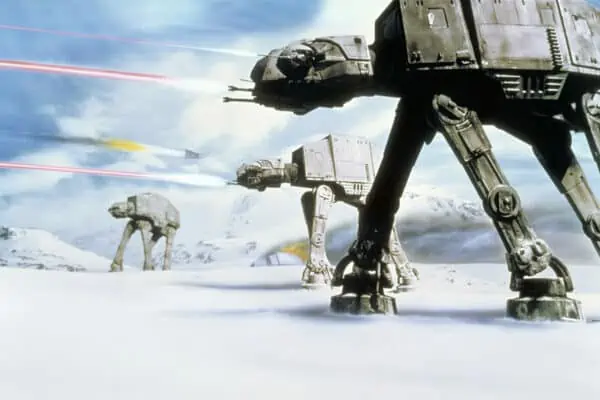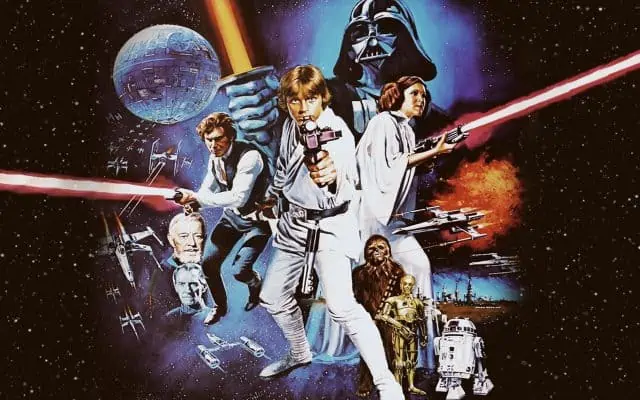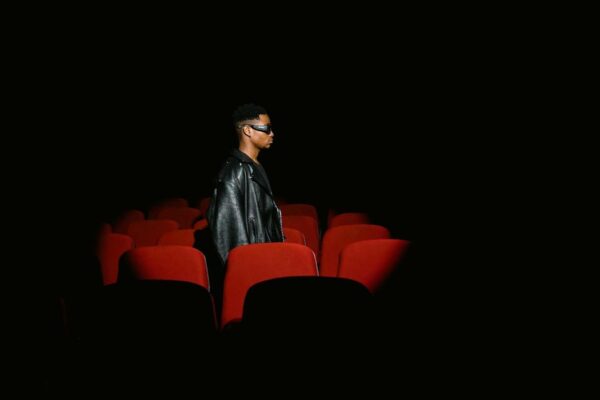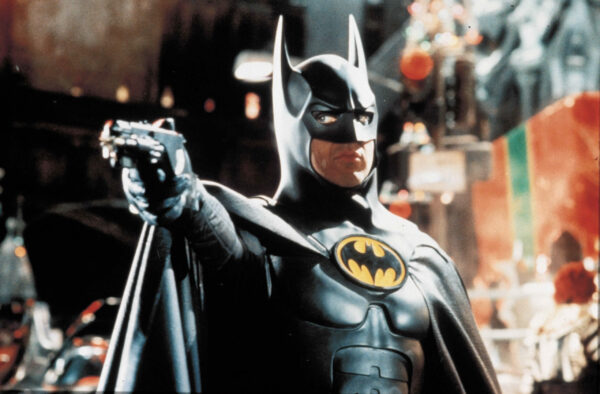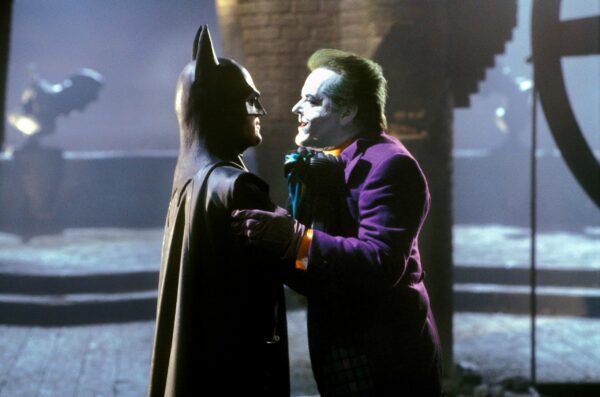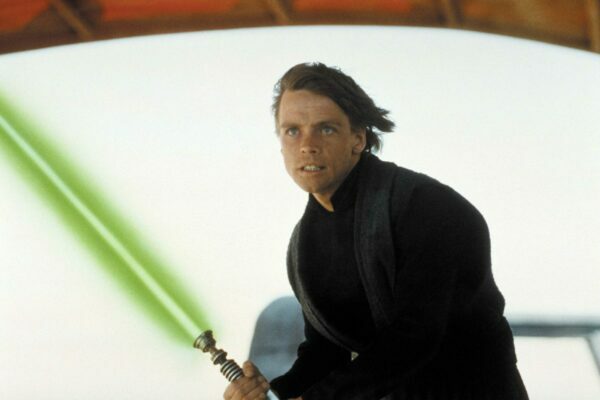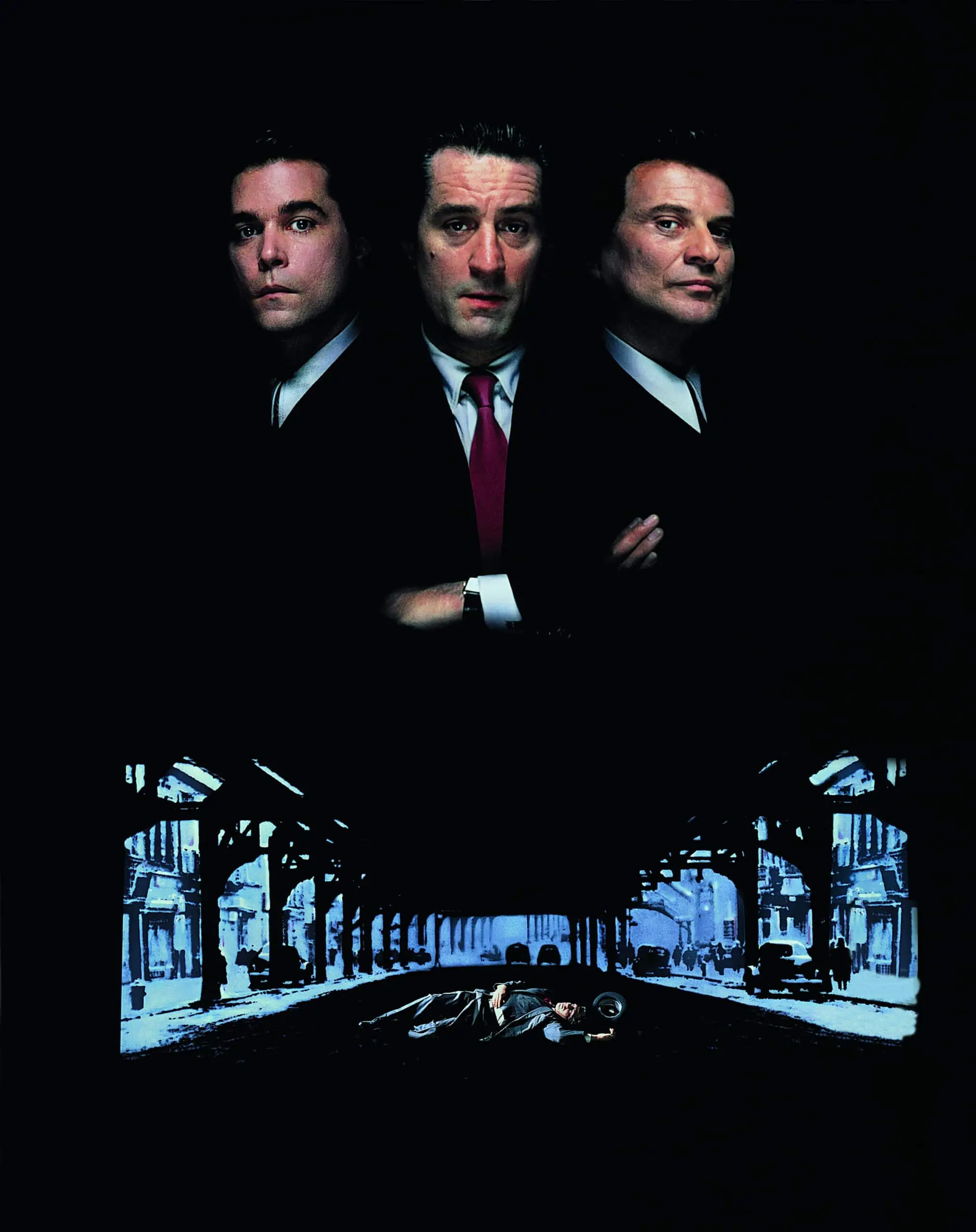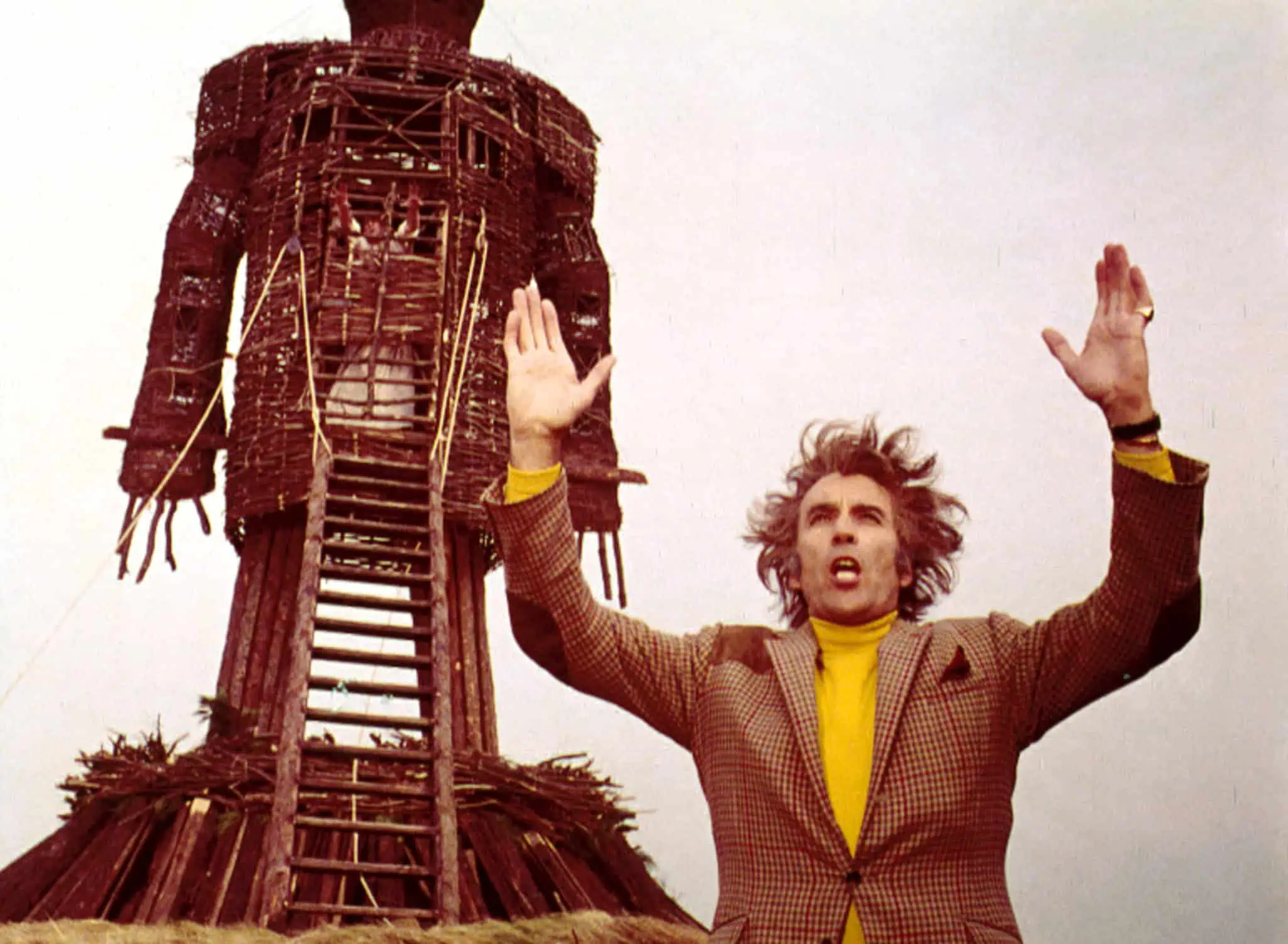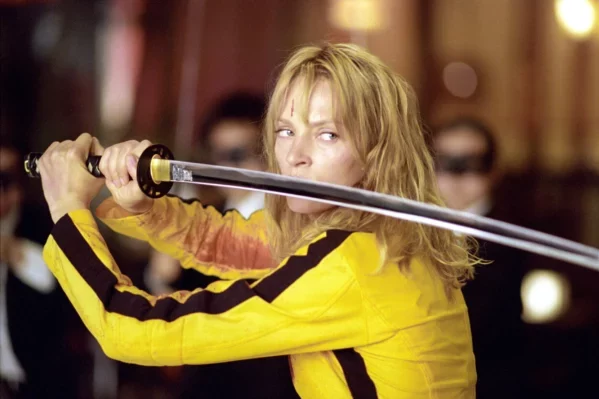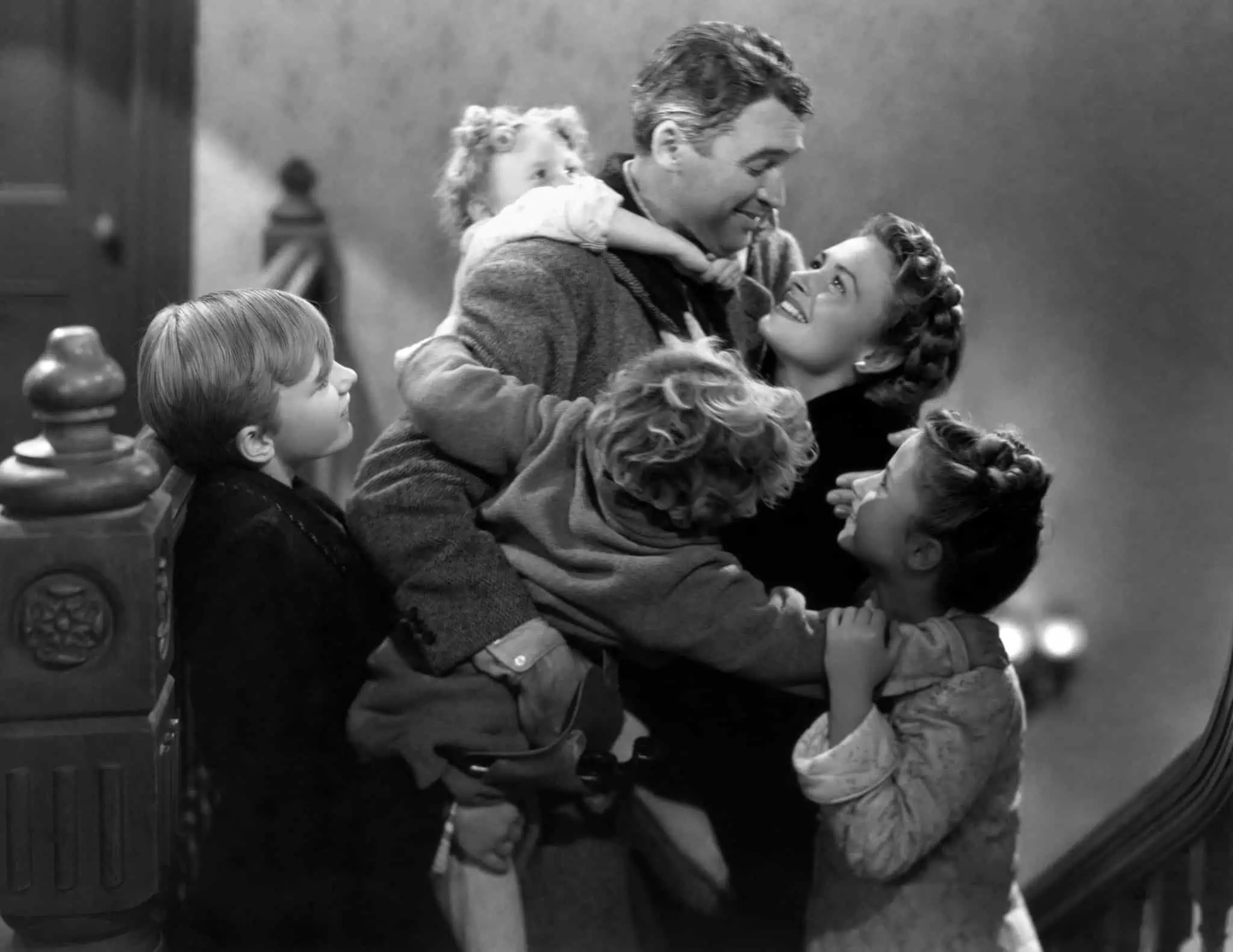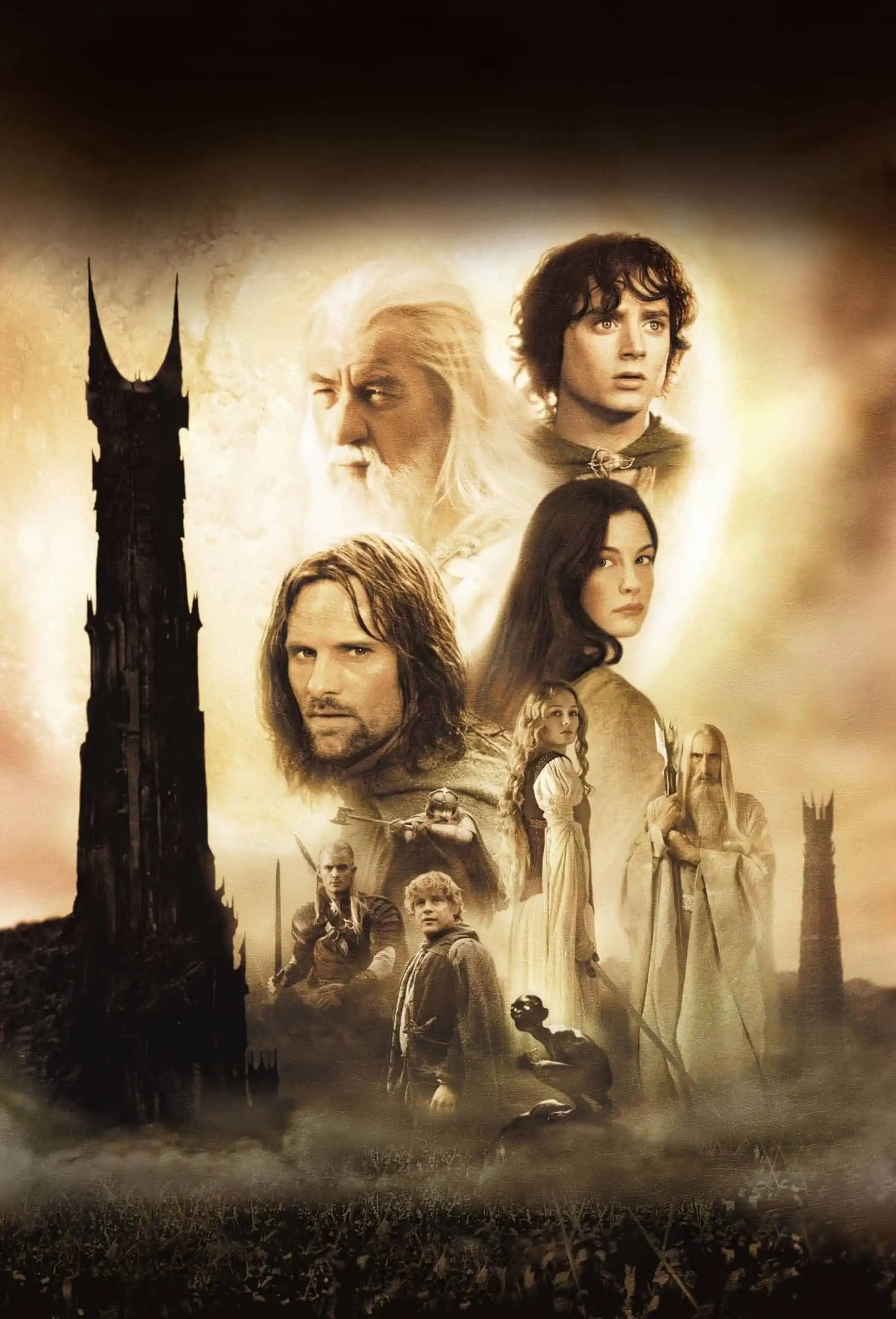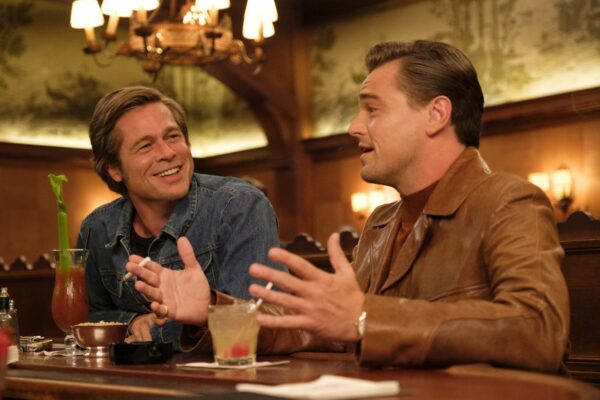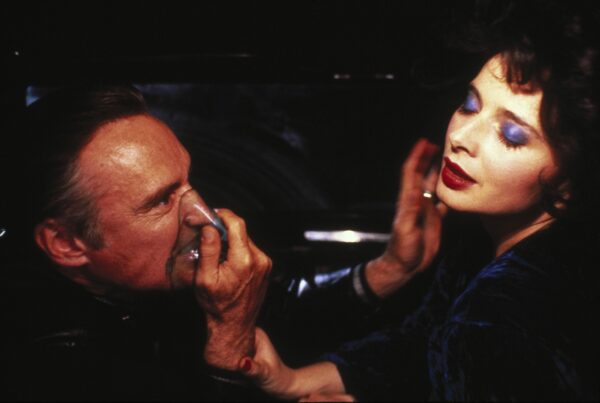
The Phantom Menace was the most anticipated movie in Hollywood history. Released in 1999, the backlash was brutal. Joey Jones is here to tell the story of the most notable film release in Hollywood history.
The Star Wars prequel trilogy was released to a level of public anticipation not seen before or since in Hollywood. Huge levels of expectation was (mostly) not met by the films, and opinion on the movies has been divisive since.
Starting with the release of Star Wars: Episode I – The Phantom Menace in 1999, the Star Wars prequels also included Episode II – Attack of the Clones (2002) and Episode III – Revenge of the Sith (2005). All three entries have been the source of exhaustive online debate across three decades, none more than The Phantom Menace. Some of the debate is fair, thoughtful, and reasoned; some of it, not so much. Whether you love The Phantom Menace or hate it, nobody can deny that the months leading up to its release was as frenzied a run up as Hollywood has seen. Nor that the film was not received as favourably as writer-director George Lucas would have liked. We’re looking back now, over 20 years later, to tell the story of that run up, the release, and aftermath.
Love leads to legacy
The Star Wars prequels were, of course, a follow-up to the original Star Wars trilogy. Star Wars (1977), was the first film, an overnight cultural phenomenon and, at the time, the highest-grossing movie ever made. The Empire Strikes Back (1980) took a decidedly darker turn. Whilst not the commercial success of the first film, Empire was still the highest-grossing movie of 1980. It is now widely regrded as among the greatest film sequels ever made. Return of the Jedi came in 1983 and, while generally accepted as the weakest in the trilogy, is still much-loved. Again, it was the highest-grossing film that year.
The combined impact of the original trilogy was unprecedented, inventing the very concept of the movie trilogy. Since then, The Godfather (1972-1990), Back to the Future (1985-1990), and The Dark Knight (2005-2012), have followed the 3-film format. Commercially, the biggest impact was to be made on merchandise (specifically toys), now a money-spinning industry in its own right. It’s no exaggeration to say the original Star Wars trilogy changed not just Hollywood, but Western popular culture forever.
That’s some legacy to follow. No filmmaker had dealt with such feverish levels of public anticipiation before. And it is unlikely any filmmaker ever will again.
CGI leads to Star Wars prequels
The filmmaker in question was, of course, George Walton Lucas, Jr. Having written and directed the original Star Wars in 1977, Lucas had then handed over directing duties to Irvin Kershner (Empire) and Richard Marquand (Jedi). He also brought in Lawrence Kasdan as screenwriter. With The Star Wars prequels though, Lucas made the decision to write, direct, and produce all three movies himself.
According to Star Wars producer Gary Kurtz, Lucas had outlined a 9-episode story for Star Wars back in 1980. Due to exhaustion from working tirelessly on the first trilogy, Lucas had shelved prequel plans. However, in 1993 Steven Spielberg’s Jurassic Park was released. Seeing the groundbreaking CGI used to create lifelike dinosaurs, Lucas decided the technology existed to develop the Star Wars prequels.
Legacy leads to anticipation
On October 4, 1993 it was announced in Variety Magazine that Lucasfilm were working on three Star Wars prequels. Fan speculation – some of it wild – about what the overarching story might be began immediately.
Anticipation level: Speculative curioisty.
The Star Wars Special Editions came in 1997. Commemorating the series’ 20th anniversary, these remasters of the original trilogy also acted as showcases of – and testing beds for – the advancements in digital visual effects. Putting Star Wars back at the top of the domestic box office standings, the Special Editions whet audience appetites further for the forthcoming Star Wars prequels.
Movie promotion and advertising had came a long way since 1977 and the Star Wars prequels were a marketer’s dream. Brands across the world produced goods adorned with logos, characters, and images from The Phantom Menace. Housed under the Tricon Global group, KFC, Pizza Hut, and Taco Bell joined forces to produce Phantom Menace-themed TV ads, as well as a range of merchandise, posters, and toys.
The Taco Bell/KFC/Pizza Hut TV ad with The Phantom Menace
Soft drinks giants Pepsi got in on the act too, issuing a run of 24 drinks cans graced with pictures of characters from The Phantom Menace (the idea being for fans to collect all 24) as well as producing a series of TV commercials fronted by a specially-created alien character called Marfalump.
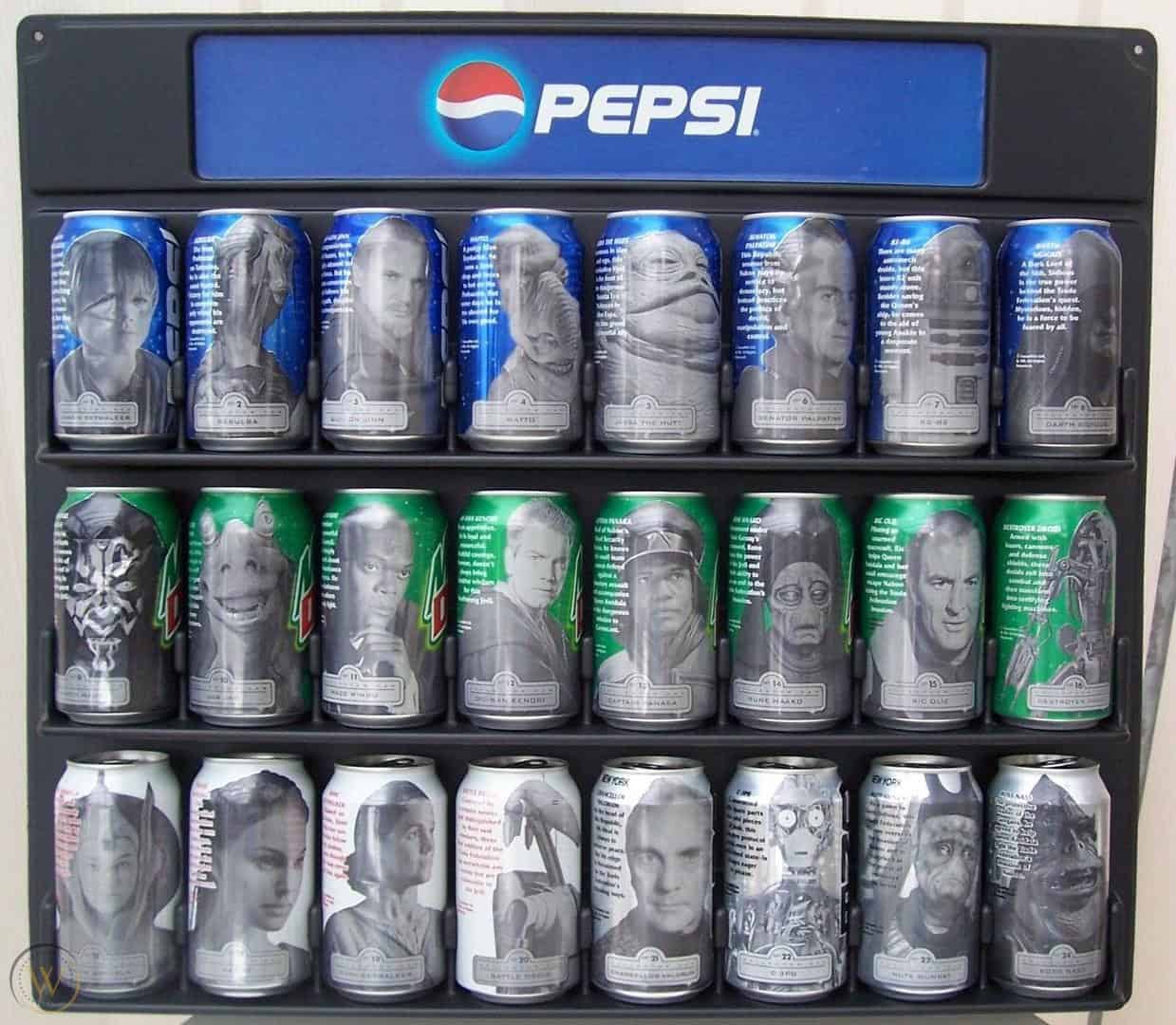
Pepsi/Phantom Menace soft drinks cans
Anticipation level: Enthusiasm and excitement.
Anticipation leads to madness
Release of The Phantom Menace toys, developed by Hasbro, came at 12:01am on May 3, 1999. A melee of midnight madness was sparked as lines of people flooded into Toys ‘R’ Us stores across the U.S. to stock up on products they believed would one day beome priceless collectables. Darth Maul was the most sought-after character, with stories emerging of fully grown men snatching Maul action figures from the hands of children.
Midnight madness accompanied the release of The Phantom Menace toys
Anticipation also leads to hysteria
The trailer for The Phantom Menace landed in November 1998 and, for many, became an event in its own right. When it was announced the trailer would appear with three movies (The Waterboy, Meet Joe Black and The Siege) ticket sales for those films rocketed. As fans clamoured to see the 2 minute 13 seconds preview, many outlets reported that showings of the three films would fill up, only for audiences to leave in their droves after the Phantom Menace trailer.
The first trailer for The Phantom Menace
The trailer itself was very well-received. Rightly so, as it stands up still as a great movie preview. Audiences praised the visual effects and the spectacular-looking action. And the glimpse of Darth Maul igniting his double-ended lightsaber was one of the first cases of popular culture causing an ‘internet meltdown’. Bloggers took to their keyboards to wax lyrical. Popular internet writer Moriarty wrote on Ain’t It Cool News: “All around me, there were tears of joy. There were hugs, laughing uncontrollably. As the haze passed and I realized there was a movie playing, one thing kept going through my head. Thank you, George. “
Anticipitation level: Fever pitch.
In the weeks running up to the film’s release, Lucasfilm really ramped things up. Images of The Phantom Menace adorned every cover from Time to Vanity Fair to Empire to Entertainment Weekly. News bulletins were awash with reports, interviews and countdowns to release day. And eager fans camped outside Los Angeles movie theaters for over a month, desperate to be first to see the movie.
Finally, on May 19, 1999, The Phantom Menace went on general release in the United States.
Fans lined up to see The Phantom Menace
It’s a hit!
The Phantom Menace was a huge commercial hit, the excitement surrounding its release guaranteeing full houses on opening night. During its theatrical run, the movie grossed $1.027 billion worldwide ($1.64 billion in today’s money). Perhaps most significantly, the initial response from audiences on the quality of the movie wasn’t half bad.
Set 32 years before the events of the original Star Wars film, The Phantom Menace centred on two Jedi Knights – Qui-Gon Jinn (Liam Neeson) and Obi-Wan Kenobi (Ewan MacGregor). Sent to the planet Naboo to settle a trade disupute, they come across 9-year-old Anakin Skywalker (later to become Darth Vader) and child-Queen Padme Amidala (later to beome Mrs. Anakin Skywalker, and mother to Luke and Leia). An array of colourful alien characters pop up too, most notably friendly Gungan Jar Jar Binks.
Everybody loves it!
Immediate critical response was mostly mixed, but with a definite positive leaning. Popular film critic Roger Ebert gave the film a glowing review, saying: “What [George Lucas] does have, in abundance, is exhilaration. There is a sense of discovery in scene after scene… as he tries out new effects and ideas, and seamlessly integrates real characters and digital ones, real landscapes and imaginary places. We are standing at the threshold of a new age of epic cinema.”
Acclaimed critic Janet Maslin was also on board, writing in The New York Times:
“Just as Star Wars became one of the most widely imitated pop phenomena of its time, The Phantom Menace looks like a template for a new generation of computer-generated science fiction. And unlike The Matrix, another film liable to spawn imitations, it is sweetly, unfashionably benign. Whether dreaming up blow-dryer-headed soldiers who move in lifelike formation or a planet made entirely of skyscrapers, Mr. Lucas still champions wondrous visions over bleak ones and sustains his love of escapist fun. There’s no better tour guide for a trip to other worlds. Bon voyage.”
As for the general public, the reception from audiences immediately after the film released was overwhelmingly positive. Online forums were abuzz with praise for the groundbreaking visual effects, high octane action and spectacular storytelling. Reviewing IMDb from the time, comments like the below are typical:
“The pinnacle of filmmaking. Lucas is a genius.” – Jedi Man
“I am very happy with the film. It was more of an adventure story. Great visuals.” – Hamlet23
“Does it live up to 16+ years of anticipipation? Yes!” – Heresy
Fans react to The Phantom Menace in 1999
Hysteria leads to hate (of the director and writer)
However, all was not as it seemed. As the weeks and months went by, opinion started to shift. The global hysteria died down; the dazzling effects of the CGI – so stunning on first viewings – began to wear off; and the film’s faults began to be picked apart.
Audiences did not take kindly to a story with seemingy no main character that revolved around taxation and trade routes. Nor were they fans of The Force – previously a mystical state-of-mind – being given a scientific explanation of midichlorians. Worse still, the film was apparently guilty of intentional-or-not bigotry. The Trade Federation Neimoidian’s dialects were said to resemble natives of south east Asia. And junk dealer Watto was described as an offensive Jewish take-off. Lucas found himself accused of exploiting racist sterotypes for comedic, and commercial, value.
One of the earliest examples of internet mania in the months prior to release, consensus on The Phantom Menace flipped. Passionate fandom took hold, leading to perhaps the first widespread instance of online fury, toxicity, and abuse.
Hysteria leads to hate (of the cast)
The worst and most damaging vitriol was spared for Jar Jar (played by Ahmed Best) and Anakin (nine-year-old Jake Lloyd). Best would later open up about the toll taken on his mental health, while Liam Neeson talked of the world being robbed of Best’s destiny as, “the new Eddie Murphy”. Similarly, Lloyd has revealed how the film turned his life into, “a living hell,” and quit acting entirely after the film’s release.
“I almost ended my life.” – Ahmed Best
Once the audience swayed, the turn in the tide was swift, and without mercy. All of a sudden, The Phantom Menace was despised.
Overgrown children old enough to know better poured venom over message boards. Songs were written comparing watching a movie they didn’t like to a life-ruining traumatic ordeal. The level of abuse Lucas was subjected to impacted his mental health. In 2012, he packed up and sold the franchise to Disney.
The Phantom Menace may not have delivered the rollercoaster ride fans were after, but it did for its creator.
Hate leads to overreaction
Looking at the film now, with today’s eyes and the benefit of hindsight, the film it isn’t all bad. Does it stand up alongside the originals in terms of filmmaking quality? No, it doesn’t. But, is it as terrible film as you might have believed at the turn of the century? No, it’s not. The CGI effects were a technical marvel at the time, and still impress now. One of the most notable things about the movie today is, ironically, Jar Jar Binks. As the first ever entirely-CGI major character in a movie, he was a groundbreaking creation. In today’s cinematic landscape of Marvel and Transformers, it’s quite astonishing to see how well Jar Jar has aged.
It doesn’t stop with the hapless Gungan, though. At least one of the action sequences is genuinely thrilling. That, of course, is the climactic lightsaber duel between Qui-Gon, Obi-Wan and Darth Maul. And John Williams’ music is typically sensational – particularly his Duel of the Fates piece that accompanies said lightsaber battle.
Qui-Gon and Obi-Wan take on Darth Maul
And, in the last decade or so, general opinion on the film seems to have swung again. With an entire generation who first saw The Phantom Menace as children now all grown up, a nostalgic, less judgemental viewpoint permeates social media as a juxtaposition to the contempt and scorn. An opinion forged when the Star Wars prequels were part of the series, not a tantalising, expectation-heightening possibilty.
Today, The Phantom Menace still has its detractors, but it has its die hard fans, too. What can’t be denied is the fascinating tale around the announcement, release, fall and, perhaps, rise of The Phantom Menace. With a unique place in fim history, that story is one of love, legacy, hate, and, most of all, anticipation.
The beginning of a beautiful friendship
Stay up-to-date with all things All The Right Movies by signing up for our e-newsletter.
